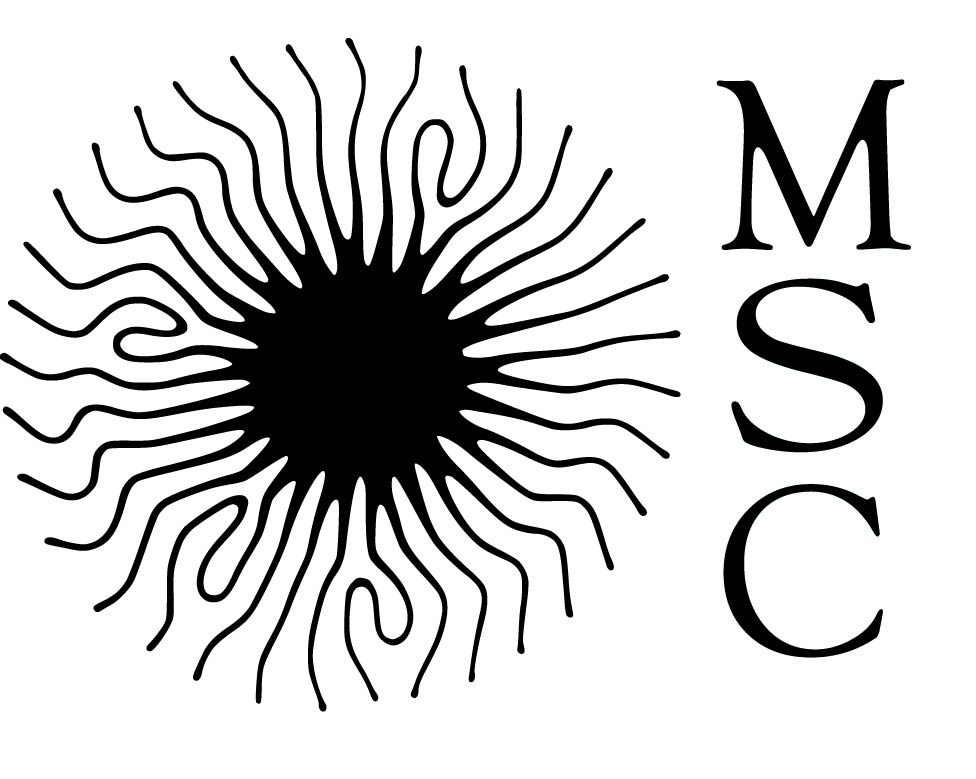Mechanobiology: from cells to tissues
A large part of our activities concerns mechanobiology, i.e. the study of the physical processes underlying biological functions. We study how mechanical or geometrical constraints influence the function or even the identity of cells, in physiological or pathological conditions.
Members
- Miglena Angelova, Professor (Sorbonne Université)
- Atef Asnacios, Professor (UPCité)
- Pauline Durand, Senior Lecturer (UPCité)
- Jean-François Berret, Research Director (CNRS)
- Sylvie Hénon, Professor (UPCité)
- Jean-Baptiste Manneville, Research Director (CNRS)
- Nicolas Puff, teacher-researcher
- Myriam Reffay, teacher-researcher
- Chandini Bhaskar-Naidu, PhD student
- Bettina Roellinger, post-doctoral fellow
- Joséphine Schelle, PhD student
- Emilie Su, PhD student
- Lorijn van der Spek, PhD student
- Xiuyu Wang, post-doctoral fellow

Cellular mechanosensitivity
Mechanical forces play an essential role in the growth and formation of tissues and organs. The perception that living cells have of their mechanical environment conditions certain biological functions such as proliferation, migration, metabolism or cell fate. In particular, we are studying how the different networks that make up the cytoskeleton act as a mechanosensitive architecture, adapting their organization and rheological properties to their environment.
Find out more
Some articles
Intracellular mechanics: rheology and mechanotransduction
Intracellular mechanics: connecting rheology and mechanotransduction. Mathieu, J.-B. Manneville, Curr Opin Cell Biol. 56 34-44 (2019)
The role of intermediate filaments in the properties of model microtissues
The importance of intermediate filaments in the shape maintenance of myoblast model tissues. I. Nagle, F. Delort, S. Hénon, C. Wilhelm, S. Batonnet-Pichon, M.Reffay, Elife 2022
Cell division and mechanotransduction
Optineurin links Rac ubiquitylation by HACE1 to integrin-mediated mechanotransduction to tune cell division. D. Hamaoui, A. Doye, A. Asnacios, O. Visvikis, P. Munro, E. Vitiello, M. Balland, M. Gupta, B. Ladoux, J. Gilleron, P. Tafelmeyer, L. Gagnoux-Palacios, M. Daugaard, P. H. Sorensen, E. Lemichez and A. Mettouchi. Nature Communications, 13 (1), 1-22, 2022

Dialogue between form and cellular identity
By controlling the shape of cells in culture, we are questioning the contribution of self-organization to the key processes of development and morphogenesis.
Find out more
Some articles
Muscle geometry and differentiation
Cell geometry and the cytoskeleton impact the nucleo-cytoplasmic localisation of the SMYD3 methyltransferase. Pereira, D., Richert, A., Medjkane, S., Hénon, S., Weitzman, J.B., 2020. Scientific Reports 10, 20598
Epithelium on curved substrate
3D Shape of Epithelial Cells on Curved Substrates. Harmand, N., Huang, A., Hénon, S., 2021. Phys. Rev. X 11, 031028

Cell mechanics in physiological and pathological conditions
We are interested in the fundamental mechanisms of pathologies, with a focus on three main areas: cancer, muscular dystrophy and Alzheimer’s disease.
Find out more
Some articles
Cancer and cell mechanics
Multiscale rheology of glioma cells, Alibert, D. Pereira, N. Lardier, S.Etienne-Manneville, B. Goud, A. Asnacios, J.-B. Manneville, Biomaterials 275 120903 (2021)
Surface tension of model tissues during malignant transformation and epithelial–mesenchymal transition I. Nagle A. Richert, M. Quinteros S. Janel, E. Buysschaert, N. Luciani, H. Debost, V. Thevenet, C. Wilhelm, C. Prunier, F. Lafont, T. Padilla-Benavides, M. Boissan M. Reffay, Front. Cell Dev. Biol., 2022
Cytoplasmic viscosity is a potential biomarker for metastatic breast cancer cells, Dessard, J.-B. Manneville, J.-F. Berret, bioRxiv (2023) 10.25.564072
Alzheimer's disease and cell mechanics
The Alzheimer’s disease amyloid-β peptide affects the size-dynamics of raft-mimicking Lo domains in GM1-containing lipid bilayers. Staneva, G., Puff, N., Stanimirov, S., Tochev, T., Angelova, M.I., Seigneuret, M., 2018. Soft Matter 14, 9609–9618
Desminopathies and cell mechanics
The importance of intermediate filaments in the shape maintenance of myoblast model tissues. Nagle, I., Delort, F., Hénon, S., Wilhelm, C., Batonnet-Pichon, S., Reffay, M., eLife 11, e76409 (2022)
The desmin network is a determinant of the cytoplasmic stiffness of myoblasts Charrier, E.E., Montel, L., Asnacios, A., Delort, F., Vicart, P., Gallet, F., Batonnet-Pichon, S., Hénon, S., Biology of the Cell 110, 77–90 (2018)
